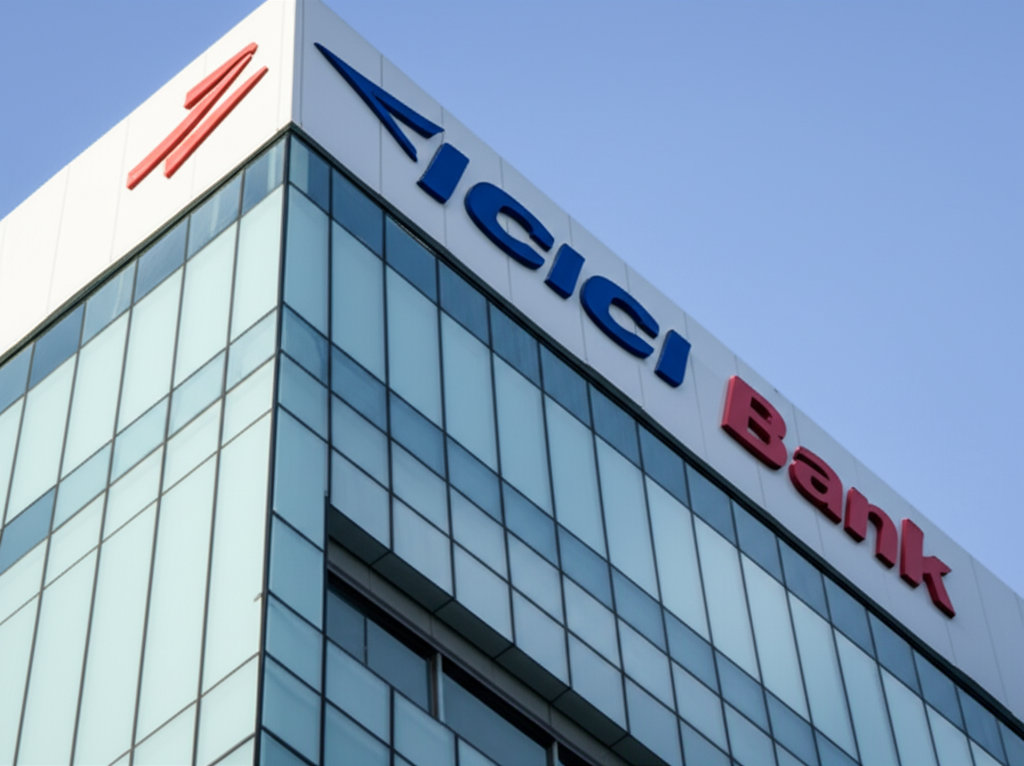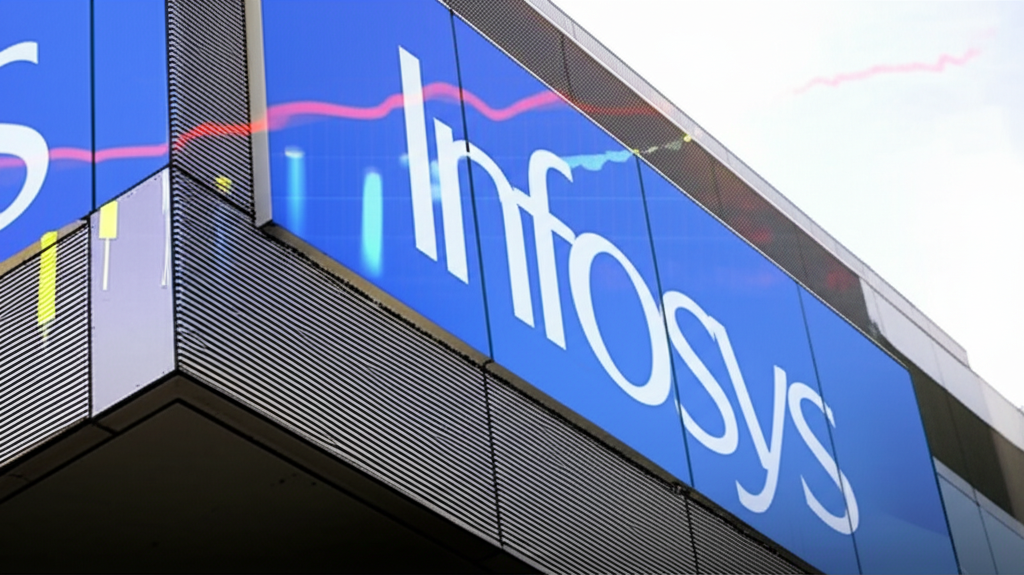Punjab National Bank, one of India’s leading public sector banks, has been a focal point for investors following its Q4 FY25 results announced on May 7, 2025. With a robust 52% year-on-year (YoY) increase in net profit to ₹4,567 crore and a declared dividend of ₹2.90 per share, PNB’s performance has sparked discussions about its investment potential. However, the stock’s price movement, closing 0.58% lower at ₹94.00 on the BSE post-results, raises questions about whether this is an opportune moment to buy. This blog delves into PNB’s Q4 FY25 financial performance, technical analysis, market sentiment, and expert opinions to evaluate whether PNB is a stock worth buying after its latest earnings.
PNB’s Q4 FY25 Financial Performance
Profitability and Growth
PNB reported a standalone net profit of ₹4,567 crore for Q4 FY25 (January–March 2025), a significant 51.7% YoY increase from ₹3,010.27 crore in Q4 FY24. On a consolidated basis, profit after tax (PAT) reached ₹4,989.29 crore, up 49.2% YoY. For the full fiscal year FY25, PNB’s net profit soared 101.7% to ₹16,630 crore, reflecting strong operational efficiency and strategic growth.
Net interest income (NII), a critical metric for banks, grew by 3.8% YoY to ₹10,757 crore in Q4 FY25 from ₹10,363 crore in Q4 FY24. For FY25, NII increased by 6.7% to ₹42,782 crore. While the NII growth was modest, it was supported by a 13.56% YoY rise in global advances to ₹11,16,637 crore and a 14.38% YoY increase in global deposits to ₹15,66,623 crore. The bank’s global business expanded by 14.03% YoY to ₹26,83,260 crore, underscoring its ability to grow its loan and deposit base in a competitive environment.
Asset Quality Improvements
One of the standout aspects of PNB’s Q4 results was the improvement in asset quality. The gross non-performing assets (GNPA) ratio dropped to 3.95% in Q4 FY25 from 4.09% in Q3 FY25 and 5.73% in Q4 FY24, a 178-basis-point improvement YoY. The net non-performing assets (NNPA) ratio also improved marginally to 0.40% from 0.41% quarter-on-quarter (Qoq). The provision coverage ratio (PCR), including technically written-off accounts, rose by 143 basis points YoY to 96.82%, indicating robust risk management. Credit costs improved by 60 basis points YoY to 0.21% in Q4 FY25, further bolstering the bank’s financial health.
Dividend and Capital Raising
PNB’s board recommended a dividend of ₹2.90 per share, a significant increase from ₹1.50 in FY24, signalling confidence in sustained profitability. Additionally, the bank approved a plan to raise ₹8,000 crore through Basel III-compliant bonds (₹4,000 crore in Additional Tier-I and ₹4,000 crore in Tier-II bonds) in FY26 to strengthen its capital base. This move is crucial for supporting future growth, especially as PNB aims to maintain its Tier-I capital ratio at 14.05% and overall capital adequacy ratio (CRAR) at 17.01%.
Operational Efficiency
PNB’s operating profit for Q4 FY25 grew by 5.6% YoY to ₹6,776 crore, while FY25 operating profit rose 7.6% to ₹26,831 crore. However, the net interest margin (NIM) remained under pressure at 2.81% for Q4 FY25, down from 2.93% for FY25. The bank anticipates operating profit growth of 8–9% in FY26, a slight moderation from 10–12% in FY25, reflecting cautious guidance amid margin pressures.
Network and Digital Reach
As of March 31, 2025, PNB operated 10,189 domestic branches, with 63.4% in rural and semi-urban areas, and two international branches. The bank’s distribution network included 11,822 ATMS and 333,49 business correspondents, totalling 55,360 touchpoints. This extensive network, combined with initiatives like the NIRMAAN 2025 loan campaign and 34 new digital products launched on its 131st Foundation Day, positions PNB to enhance financial inclusion and customer experience.
Stock Price Performance and Technical Analysis
Recent Price Movement
PNB’s share price experienced volatility around its Q4 results. On May 7, 2025, the stock rose 2% intraday to ₹96.79 on the NSE, reflecting positive sentiment ahead of the earnings. However, post-results, it closed 0.58% lower at ₹94.00 on the BSE and 0.50% lower at ₹94.00 on the NSE. As of May 8, 2025, the stock was trading at around ₹94.25, down 8.44% year-to-date (YTD) in 2025. The 52-week high was ₹138.50 (June 3, 2024), and the 52-week low was ₹85.50 (March 4, 2025).
Technical Outlook
Technical analysts have noted challenges in PNB’s price action. The stock attempted a breakout in the ₹100–₹102 zone but failed to sustain above it, triggering selling pressure. A recent analysis suggests that PNB is breaking below a key support line, with potential downside targets at ₹88–₹90 if the breach is sustained. Conversely, a reclaim of ₹102 could signal bullish momentum. The stock’s beta of 1.15 indicates higher volatility compared to the market, and its current trend is described as bearish in the near term.
Despite the short-term bearish outlook, some analysts see long-term potential. The stock has shown a 179.08% return over three years, outperforming the Nifty 50’s 48.55% return. However, the failed breakout and weak volume during the base formation suggest caution for short-term traders. Long-term investors may find support at ₹90, with resistance at ₹110–₹120.
Market Metrics
PNB’s market capitalisation stands at approximately ₹1,08,781 crore, with a price-to-earnings (P/E) ratio of 6.79, a price-to-sales ratio of 1.26, and a price-to-book ratio of 1.03. These metrics indicate that the stock is relatively undervalued compared to peers like Bank of Baroda or Canara Bank. The dividend yield of 1.51% (based on the ₹1.50 dividend in FY24) is attractive for income-focused investors, and the proposed ₹2.90 dividend could enhance this appeal.
Expert Opinions and Brokerage Recommendations
Bullish Perspectives
Seema Srivastava, Senior Research Analyst at SMC Global Securities, highlighted PNB’s steady Q4 performance, driven by improving profitability and asset quality. She noted that the bank’s outlook remains positive for long-term investors, though margin pressure and cost control are areas to monitor. Srivastava expects stable net interest margins and continued asset quality improvements.
Motilal Oswal projected a net profit of ₹4,550 crore for Q4 FY25, closely aligning with PNB’s actual results. The brokerage remains optimistic, citing robust YoY growth in profits and NII, supported by a low base and improved asset quality. Motilal Oswal set a target price of ₹120, implying a 27% upside from current levels.
Nirmal Bang upgraded PNB to a “Buy” rating from “Hold” after Q2 FY25 results, citing strong return on assets (Roa) and return on equity (Roe) projections of 1% and 14.1% for FY26. The brokerage’s target price of ₹120 reflects confidence in PNB’s earnings trajectory, driven by lower provisions and stable margins.
Sharekhan also recommended a “Buy” with a target price of ₹125, suggesting a 21% upside. The brokerage emphasised PNB’s ability to manage NIMS, favourable bond yields, and a comfortable credit-deposit ratio, which supports loan growth without deposit constraints.
Bearish Perspectives
Not all analysts are bullish. Kotak Institutional Equities maintained a “Sell” rating post-Q4 FY24 results, citing expensive valuations and projecting a modest 12% RoE in the medium term. Their target price of ₹105 suggests limited upside. Similarly, Nirmal Bang’s earlier “Sell” recommendation (post-Q4 FY24) highlighted concerns about RoA and RoE sustainability, setting a target of ₹110.
A technical analysis from X user @strike_ic noted weak NII growth and a breakdown below key support levels, suggesting near-term underperformance. The analyst cautioned that momentum favours sellers unless the stock reclaims ₹102.
Balanced View
The divergence in recommendations reflects PNB’s mixed outlook. While the bank’s financials are strong, with significant improvements in profitability and asset quality, the stock’s technical weakness and margin pressures warrant caution. Long-term investors may find value in PNB’s low valuation and dividend yield, but short-term traders should monitor key support and resistance levels.
Risks and Challenges
Margin Pressures
PNB’s NIM of 2.81% in Q4 FY25 is lower than the 2.90–3% guidance provided by CEO Atul Kumar Goel for FY25. Sustained margin pressure could limit NII growth, especially in a high-interest-rate environment.
Macroeconomic Factors
The banking sector faces challenges from potential rate hikes, liquidity constraints, and geopolitical uncertainties. PNB’s ability to maintain deposit growth in a tight liquidity environment will be critical.
Fraud and Governance
PNB has faced fraud allegations, including the high-profile Bhushan Power case and the Nirav Modi scam. While the bank has taken steps to recover funds and enhance governance, such incidents could impact investor confidence. The transformation of the Brady House branch into a cafe symbolises a fresh start, but ongoing investigations remain a concern.
Technical Weakness
The stock’s failure to hold above ₹102 and its bearish trend suggest potential downside risks. Investors should watch for a sustained break below ₹90, which could signal further declines.
Opportunities
Undervaluation
With a P/E ratio of 6.79 and a price-to-book ratio of 1.03, PNB appears undervalued compared to peers. Its strong earnings growth and dividend yield make it attractive for value investors.
Digital and Retail Focus
PNB’s launch of 34 new digital products and campaigns like NIRMAAN 2025 highlights its focus on retail lending and digital banking. Retail credit growth of 14.6% YoY in Q2 FY25, led by housing and vehicle loans, suggests potential for sustained advances in growth.
Capital Strength
The proposed ₹8,000 crore bond issuance and a CRAR of 17.01% provide PNB with a solid foundation for future expansion, particularly in retail, agriculture, and MSME sectors.
Should You Buy PNB Stock?
Long-Term Investors
For long-term investors, PNB presents a compelling case. The bank’s consistent profitability, improving asset quality, and attractive dividend yield make it a strong candidate for value portfolios. Brokerages like Motilal Oswal, Nirmal Bang, and Sharekhan project target prices of ₹120–₹125, implying 27–33% upside. The stock’s low valuation and robust fundamentals outweigh near-term technical weaknesses for those with a 12–24-month horizon. However, investors should monitor NIM trends and macroeconomic developments.
Short-Term Traders
Short-term traders should exercise caution. The stock’s bearish technical trend and failure to sustain above ₹102 suggest a potential downside to ₹88–₹90. A stop-loss at ₹90 is advisable for existing positions, with fresh entries considered only above ₹102. Traders should watch for increased volume and a confirmed breakout to avoid a bear trap.
Dividend Seekers
Income-focused investors may find PNB appealing due to its ₹2.90 dividend, which could yield approximately 3% at current prices. The bank’s history of consistent dividends (₹0.65 in 2023, ₹0.64 in 2022) and improved payout in FY25 enhances its attractiveness.
Conclusion
PNB’s Q4 FY25 results demonstrate strong financial performance, with a 52% YoY profit surge, improved asset quality, and a robust dividend. The bank’s strategic initiatives, including digital transformation and capital raising, position it for future growth. However, near-term challenges like margin pressures, technical weakness, and macroeconomic uncertainties warrant a balanced approach.
For long-term investors, PNB’s undervaluation, strong fundamentals, and dividend yield make it a stock worth considering, with target prices suggesting significant upside. Short-term traders should wait for a confirmed breakout above ₹102 to avoid downside risks. As always, consult a certified financial advisor before making investment decisions, as market conditions can change rapidly.















0 Comments